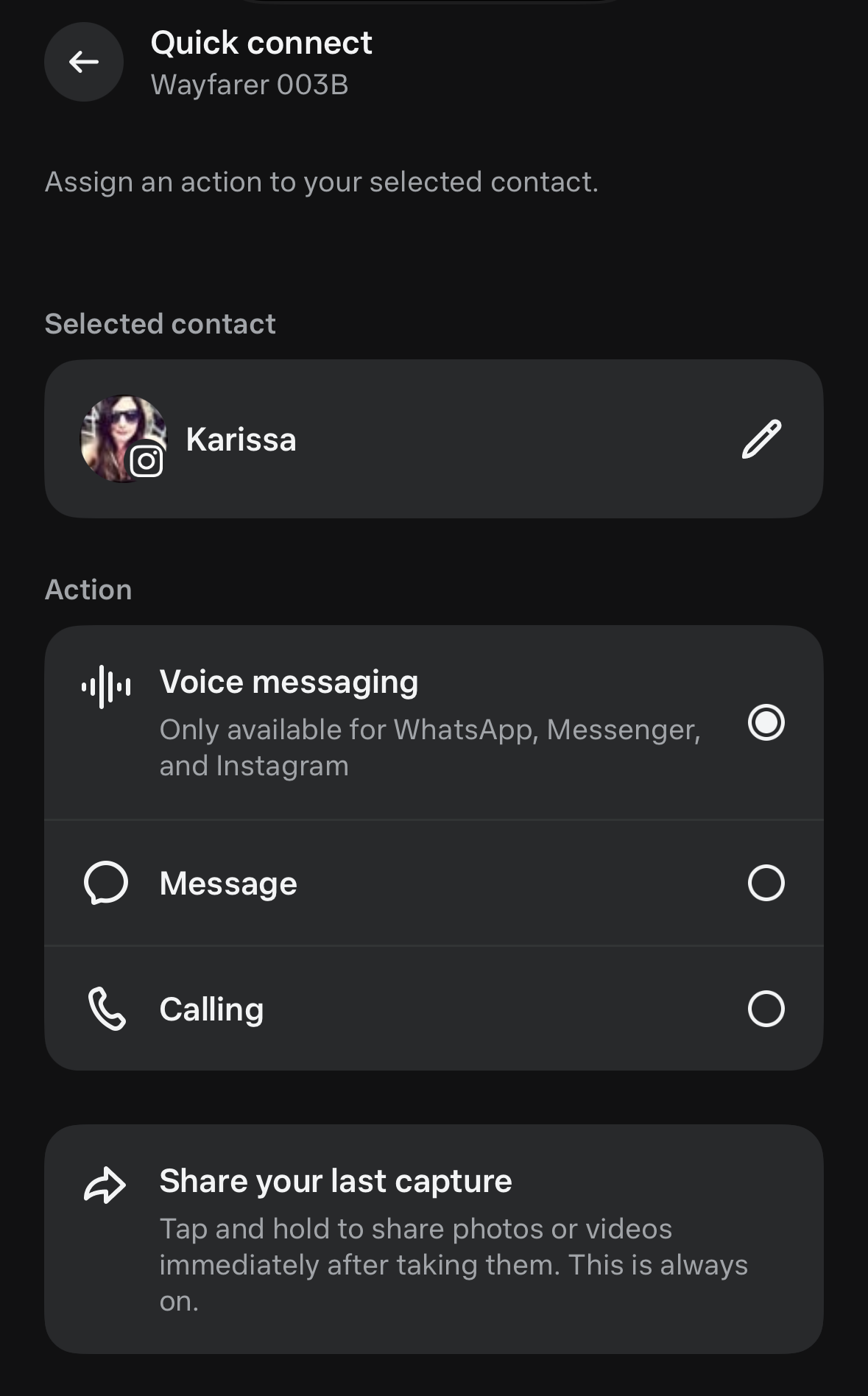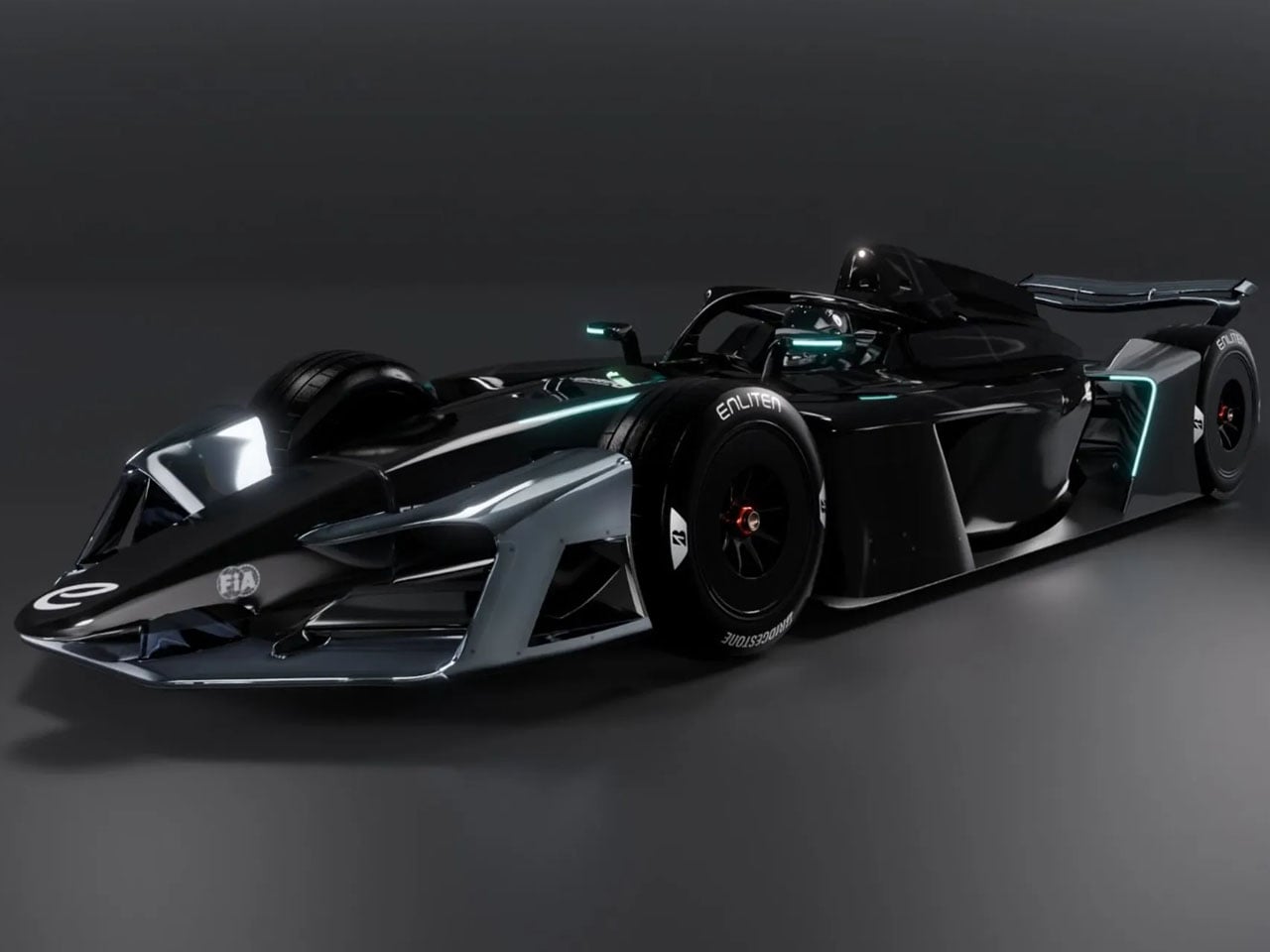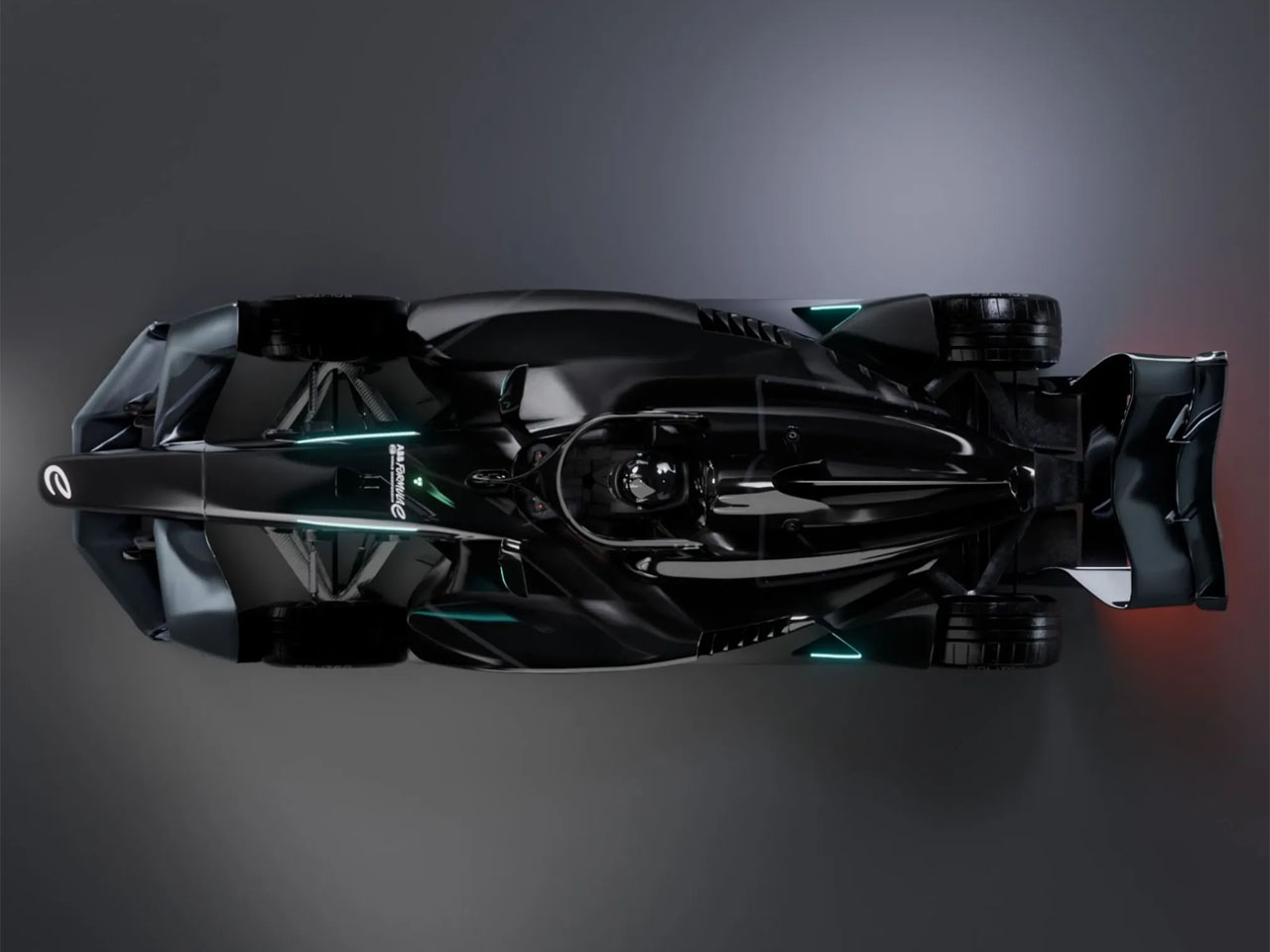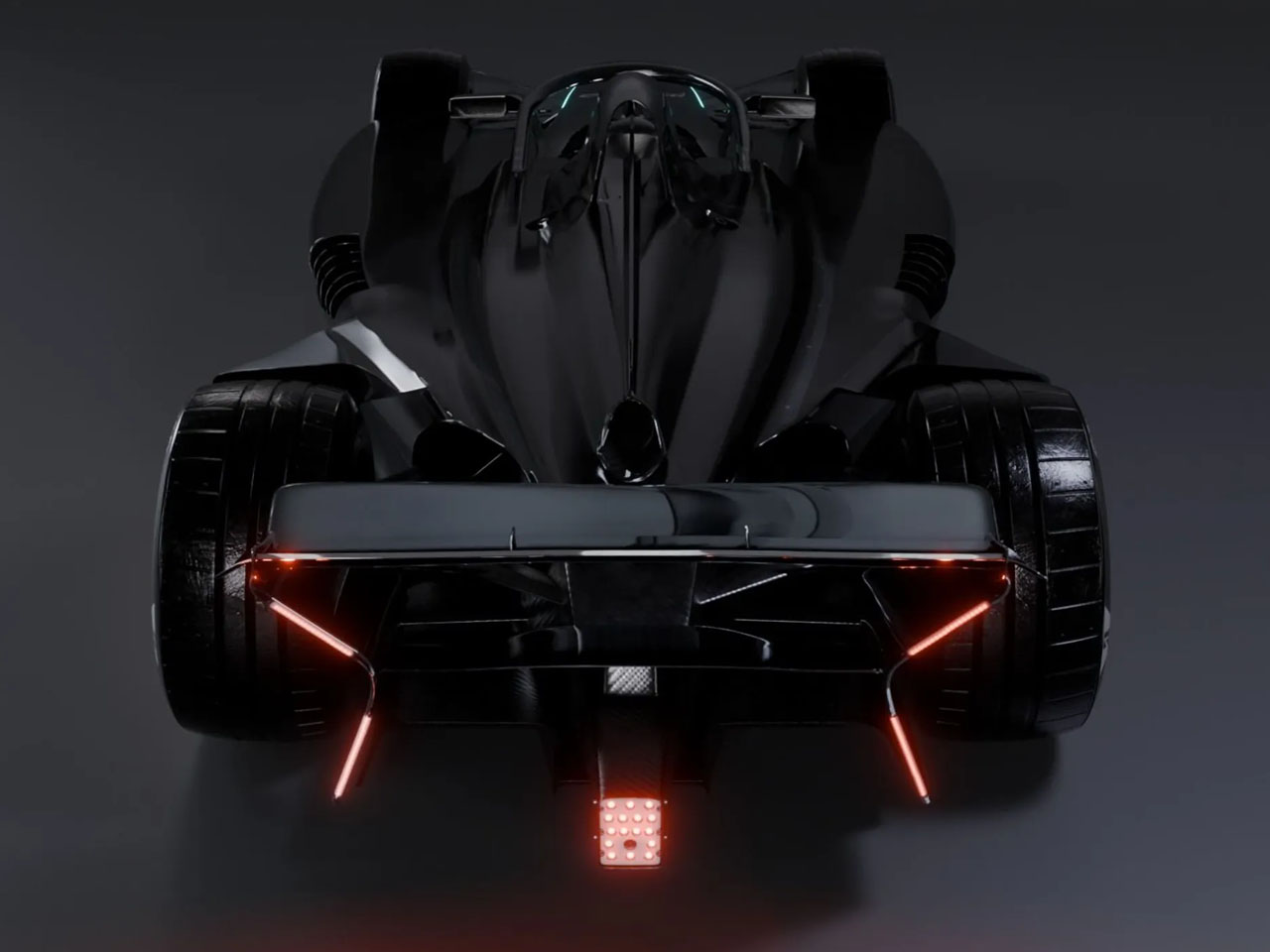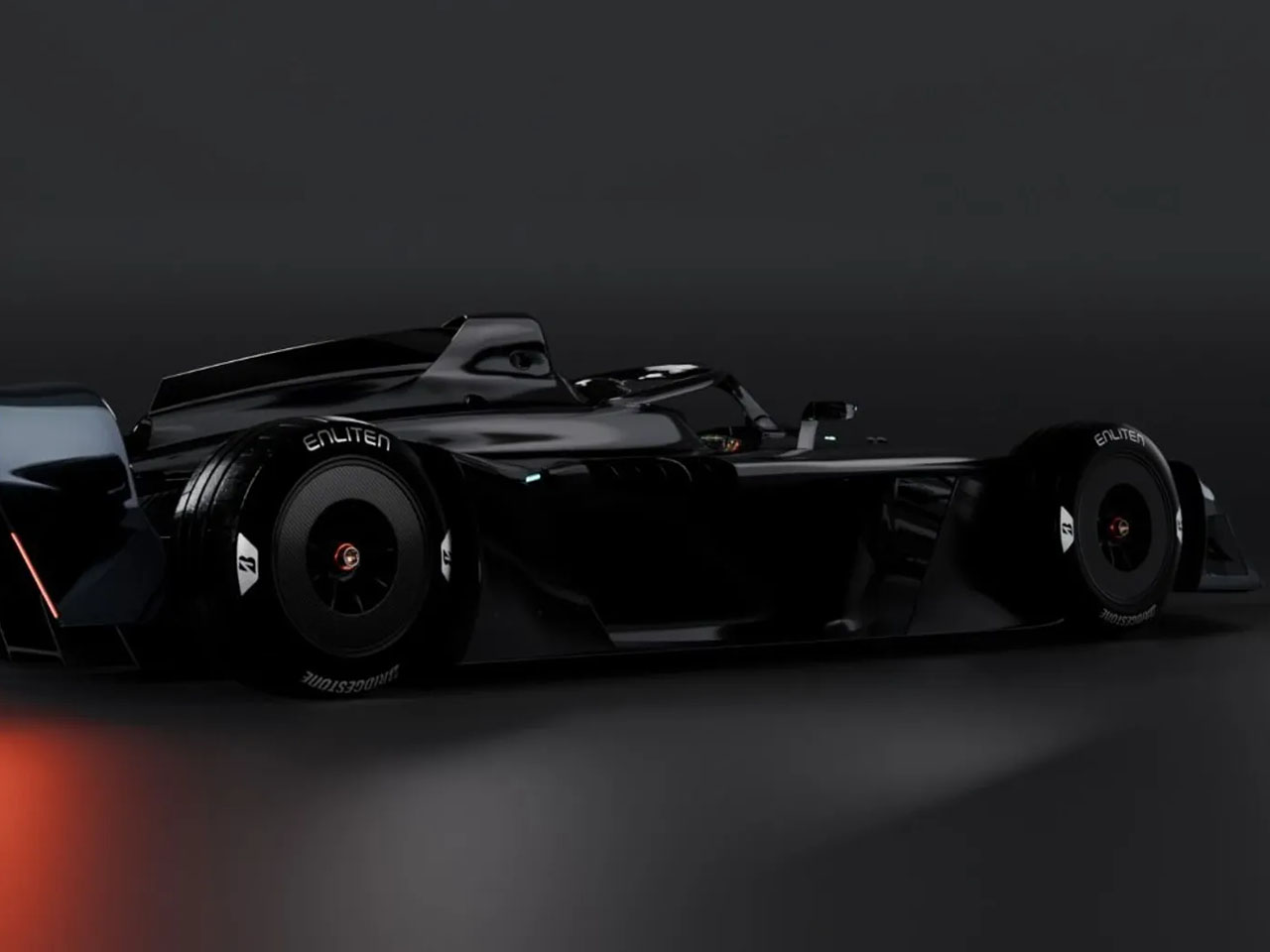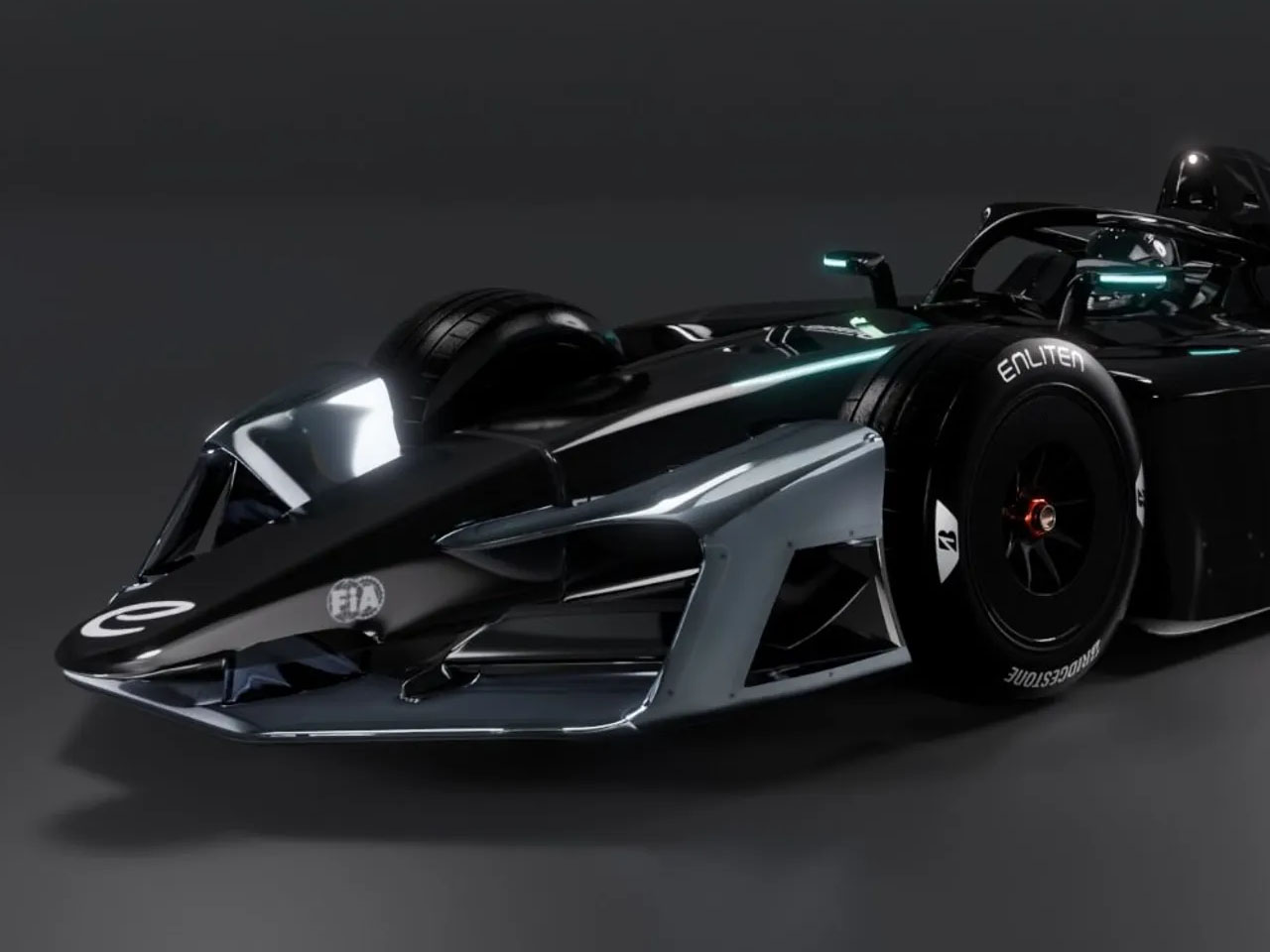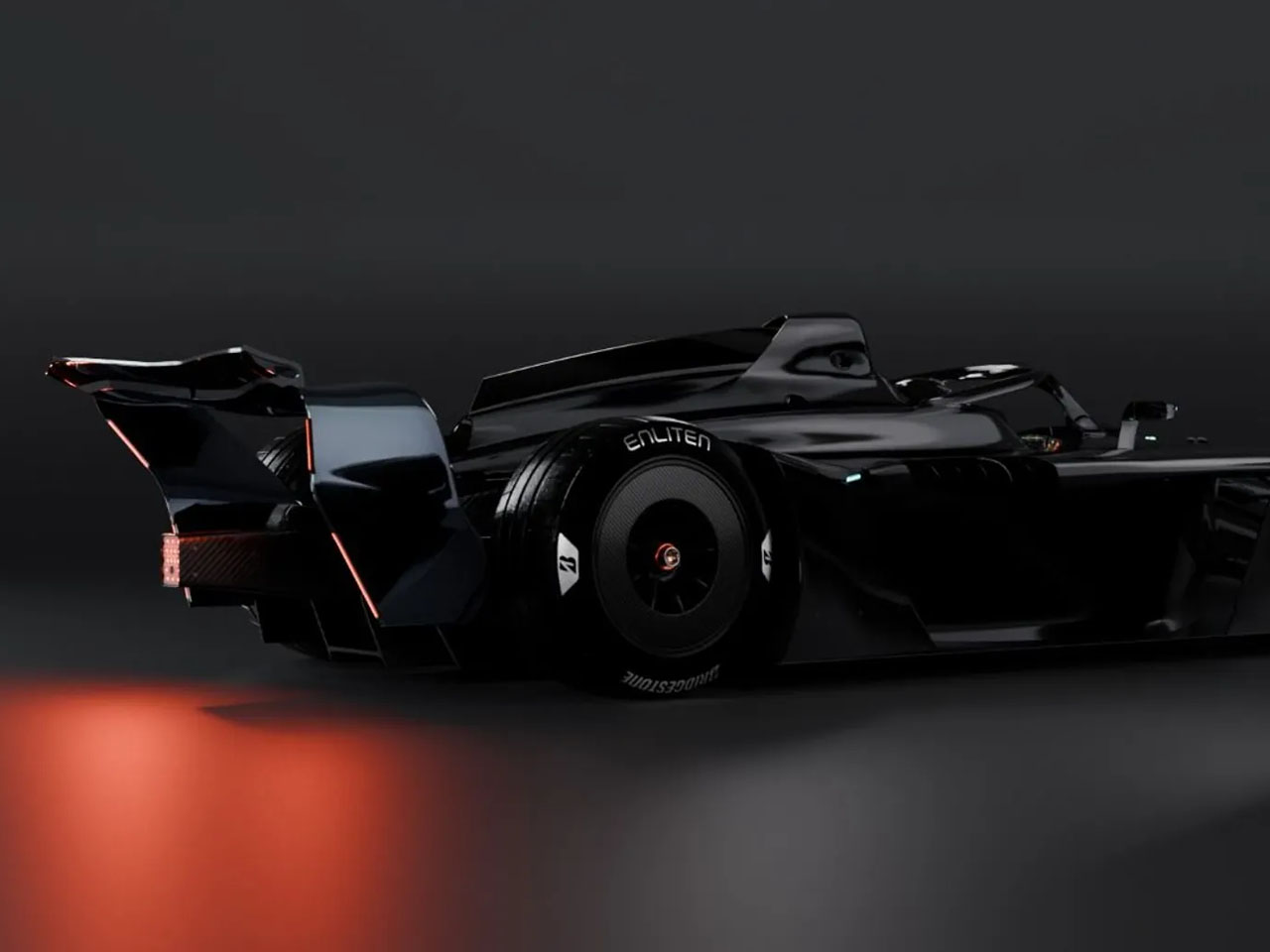The Wall Street Journal reported today that Ford may be on the verge of sunsetting the F-150 Lightning truck. The model is an electric pick-up truck, and the best-selling one in the US, but the publication cited Ford execs who said the company would consider halting production completely on the F-150 Lightning. We’ve reached out to Ford for comment and will update if we receive a statement.
The auto brand said it would cut back on production last January due to slowing demand for the vehicles. At the time, Ford shuffled several of the workers who had been building the F-150 Lightning to constructing other auto models. Then, a fire this October at an aluminum plant supplying Ford led the company to pause production of the Lightning trucks. In Ford's third-quarter financial results, its Model e electric vehicle operation lost $1.4 billion, and has lost $3.6 billion over the first nine months of 2025. Rather than projects such as the F-150 Lightning, Ford has hinted that it will shift strategy to work on smaller, more affordable electric vehicles based on its Universal EV platform.
Ford may not be the only manufacturer to ramp down its EV plans in the US. A federal tax credit of $7,500 for purchasing EVs was abruptly ended in September under the current administration's financial policies. After unveiling its latest EV models this week, Honda CEO Toshihiro Mibe spoke to Engadget about the potential long-term impact: "With the Trump administration in place, we have a sense that maybe the EV growth has been moved back out by maybe five years or so into the future."
This article originally appeared on Engadget at https://www.engadget.com/transportation/evs/ford-may-not-resume-production-of-the-f-150-lightning-221903848.html?src=rss